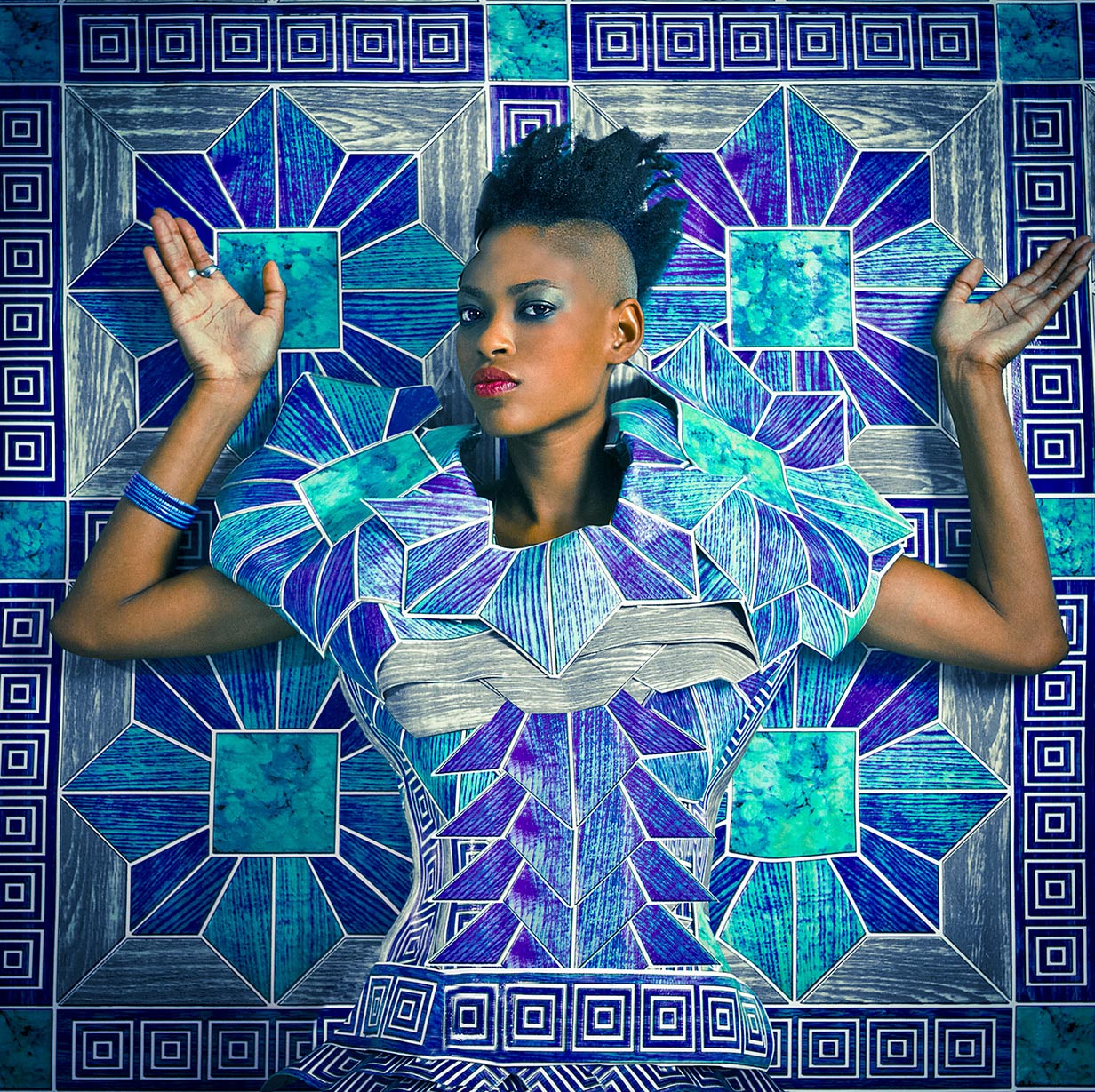The world as we know it is in transformation – politically, economically, socially, culturally and technologically. Anyone wanting to know how design can facilitate or even accelerate this change would be well advised to look to the south, especially at Africa, where the changes are very evident. In 2012, for example, more mobile phones were registered throughout Africa than in the United States or Europe, namely some 650 million. Spearheading this shift is a new generation of thinkers and makers whose multidisciplinary output proposes innovative solutions for the continent and the rest of the world – while simultaneously turning our traditional understanding of design on its head.
Making Africa – A Continent of Contemporary Design showcases works from a diverse range of creative fields: object and furniture design, graphic arts, illustration, fashion, architecture, urban planning, art, craft, fi lm, photography, digital and analogue approaches. These works deliberately occupy the grey area between the disciplines, and yet they provide concrete answers to the question of what twenty-first century design can and should achieve. They are rarely created in large quantities, but often by a collective of individuals. They are produced decentrally, though most typically in an urban context. They are more oriented to the process than the result. They often emerge from the informal maker culture in which something existing is reworked or new work is produced with traditional and electronic tools. They establish connections between the digital revolution and our analogue existence. They radically rethink materials. They reflect a sense of responsibility towards society rather than the market and, last but not least, they make bold statements about the future.

